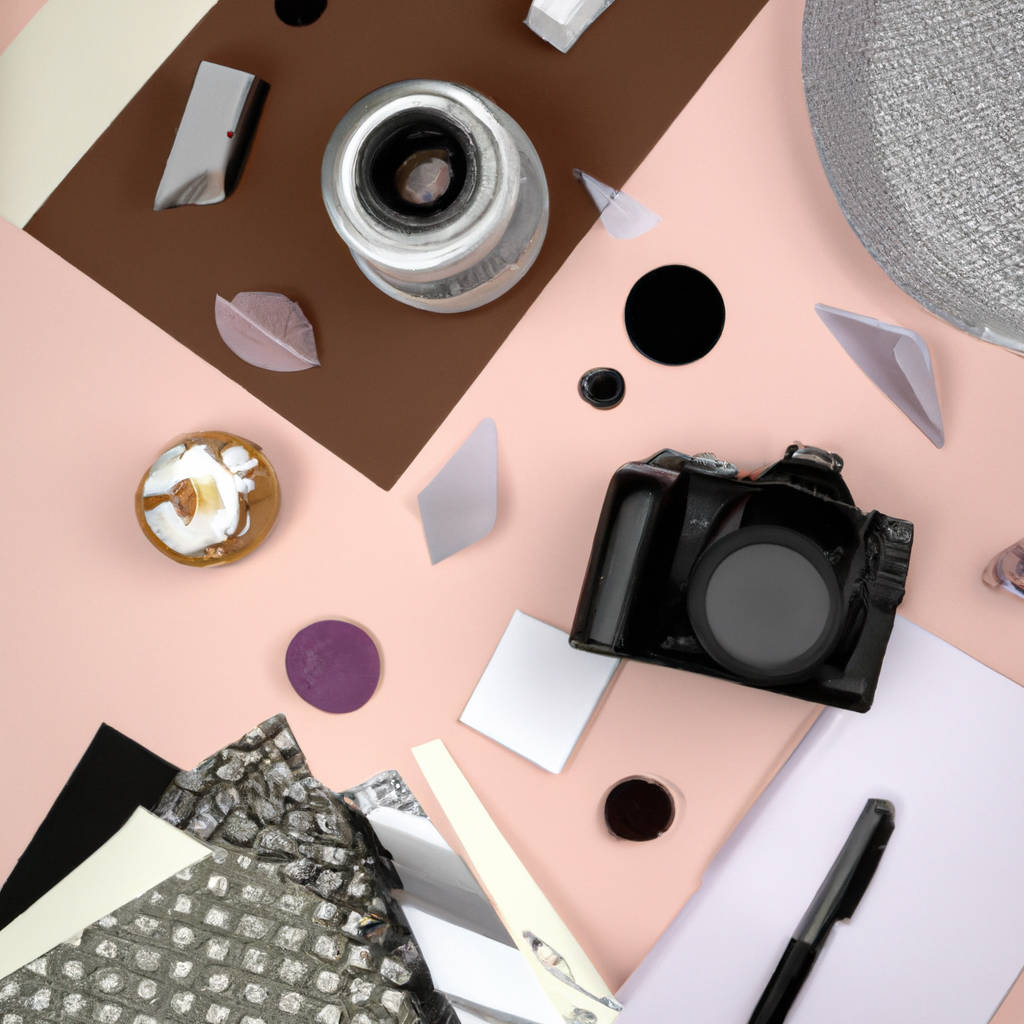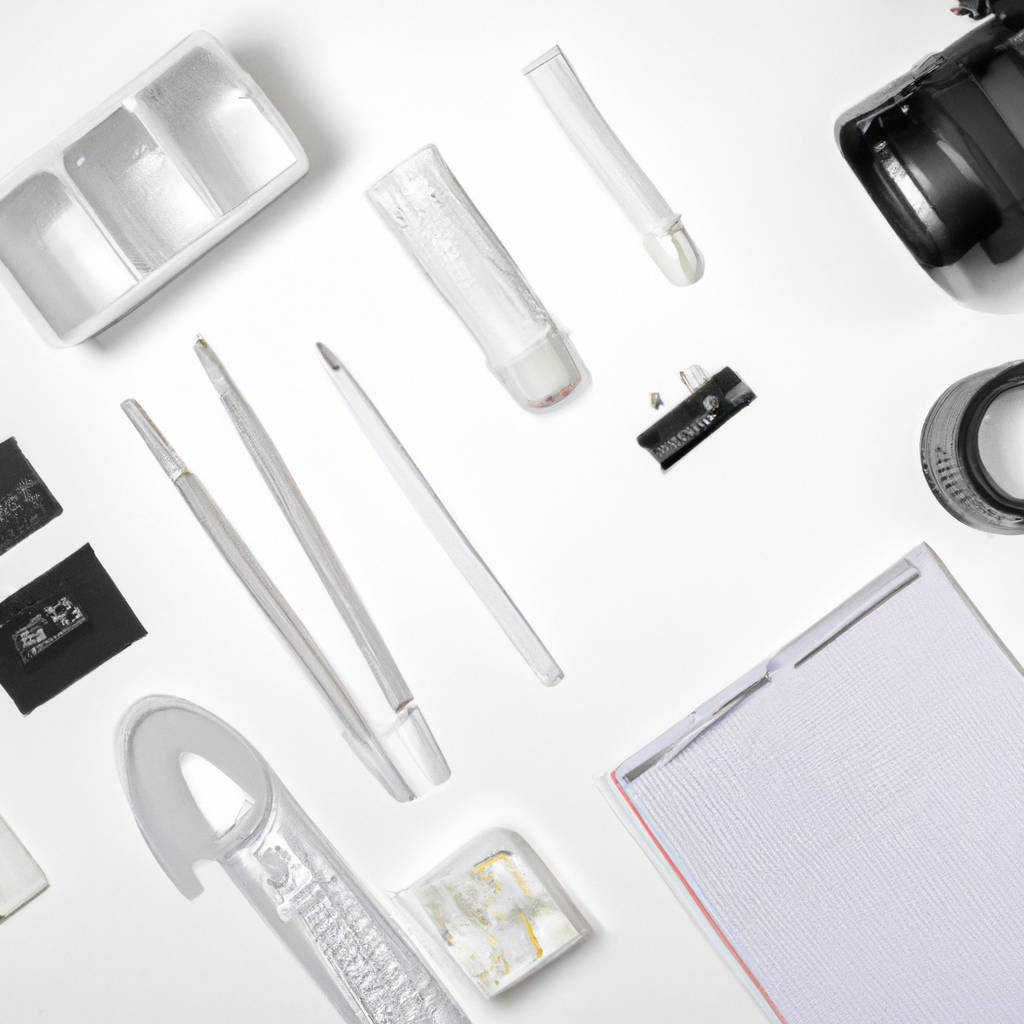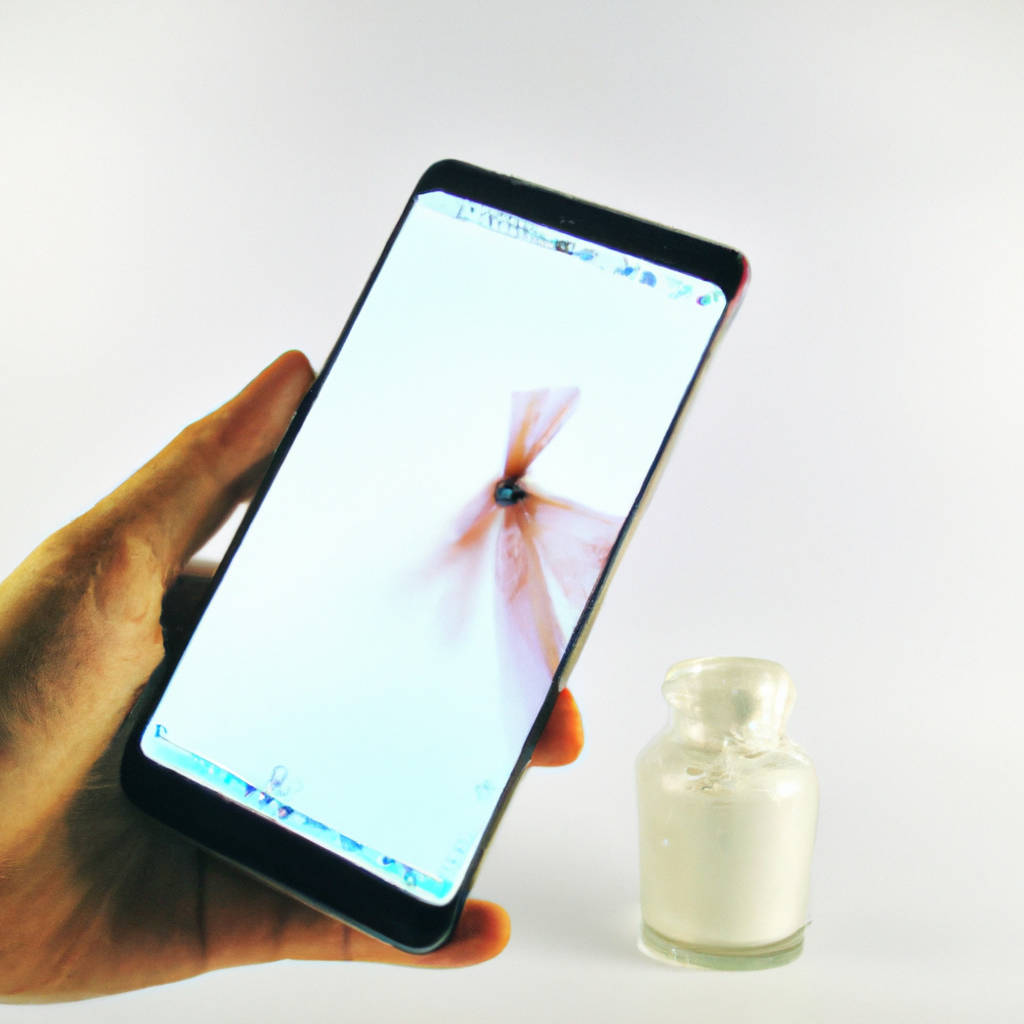When it comes to creating captivating product photography, having the right setup is essential. A well-equipped studio can make a huge difference in the quality of your images and ultimately, the success of your business. One key element of a successful product photography setup is proper lighting. Good lighting can make all the difference in how your products are showcased, highlighting their features and making them look more appealing to potential customers. Investing in a set of high-quality lights, such as softboxes or strobes, can greatly improve the overall look of your images. Another important aspect of a product photography setup is a sturdy tripod.
A tripod helps to keep your camera steady and ensures that your images are sharp and in focus. Additionally, having a variety of backdrops and props on hand can help add visual interest to your photos and create a cohesive look across your product line. Lastly, having a reliable camera with a high resolution sensor is crucial for capturing detailed images that will showcase your products in the best possible light. By investing in the right equipment and setting up a dedicated space for product photography, you can ensure that your images are professional-looking and help drive sales for your business.

Why You Need High-Quality Product Photos
Having high-quality product photos is essential for any business looking to succeed in today’s competitive market. In a world where consumers are constantly bombarded with images and information, it is crucial to stand out and make a lasting impression. High-quality product photos can help showcase the unique features and benefits of your products, attracting potential customers and increasing sales. Customers are more likely to trust a business that presents its products in a professional and visually appealing manner. Poor quality photos can give the impression that a business is not credible or trustworthy, leading potential customers to look elsewhere.
Additionally, high-quality product photos can help improve the overall user experience on your website or online store. Clear, detailed images can provide customers with a better understanding of what they are purchasing, reducing the likelihood of returns or customer dissatisfaction. Investing in high-quality product photos is an investment in the success and growth of your business. By presenting your products in the best possible light, you can attract more customers, increase sales, and build a strong reputation for your brand. In today’s digital age, where online shopping is more popular than ever, having high-quality product photos is not just a luxury – it is a necessity. It is worth the time and effort to ensure that your product photos are of the highest quality possible, as they can make a significant impact on the success of your business.
Essentials for Your Product Photography Setup
When it comes to creating professional product photography, having the right setup is essential. There are a few key items that you will need to ensure that your images are high quality and appealing to potential customers. One of the most important pieces of equipment is a good camera. While you don’t necessarily need the most expensive model on the market, investing in a DSLR or mirrorless camera will give you the ability to capture crisp, detailed images. In addition to a camera, you will also need a sturdy tripod to keep your shots steady and avoid any blur.
Lighting is another crucial element of your setup. Natural light is ideal, but if that’s not available, investing in a good set of studio lights can make a big difference in the quality of your photos. A backdrop is also important for creating a clean, professional look. You can use a plain white or black backdrop, or get creative with different colors and textures to suit your brand’s aesthetic. Finally, having some basic editing software can help you touch up your images and make them look even better. Programs like Adobe Lightroom or Photoshop are popular choices for photographers. By ensuring that you have these essentials in your product photography setup, you can create stunning images that will help showcase your products and attract customers.

DIY Photography Setup
Setting up your own DIY photography setup can be a fun and creative way to enhance your photography skills and capture stunning images. With just a few basic tools and materials, you can create a professional-looking setup right in the comfort of your own home. From creating your own backdrop using a simple sheet or fabric to utilizing natural light sources such as windows or lamps, there are endless possibilities for creating unique and visually appealing photographs. Additionally, building your own lighting setup using affordable LED lights or even household items like paper lanterns can help you achieve the perfect lighting for your shots.
By experimenting with different angles, props, and settings, you can customize your setup to fit your personal style and vision. Whether you are a beginner looking to practice your skills or a seasoned photographer wanting to try something new, DIY photography setups offer a cost-effective and convenient way to take your photography to the next level. With a little creativity and ingenuity, the possibilities are endless for creating stunning images that truly showcase your talent and passion for photography. So why wait? Start building your DIY photography setup today and watch as your creativity and skills flourish in ways you never thought possible.
Mid-Range Photography Setup
When it comes to setting up a mid-range photography setup, there are a few key elements to keep in mind. First and foremost, having a quality camera body is essential. Look for a camera that offers a good balance between price and features, such as a mirrorless camera or a DSLR with a mid-range sensor size. Additionally, investing in a variety of lenses will allow you to capture a range of different shots, from wide-angle landscapes to close-up portraits. Consider purchasing a standard zoom lens, a wide-angle lens, and a prime lens to cover all your bases.
Along with your camera and lenses, having a sturdy tripod is crucial for capturing sharp images, especially in low-light situations or when shooting long exposures. A remote shutter release can also come in handy for reducing camera shake. Finally, don’t forget about lighting – whether you opt for natural light, artificial lighting, or a combination of both, having a good understanding of how to use light effectively is key to creating stunning photographs. With a solid mid-range photography setup in place, you’ll be well-equipped to take your photography skills to the next level and capture beautiful images for years to come.

Lighting Tips
When it comes to lighting, there are a few key tips to keep in mind to ensure that your space is well-lit and visually appealing. First, consider the type of lighting you need for each area of your home or office. For example, task lighting is important for areas where you need to focus on specific activities, such as reading or cooking. Ambient lighting, on the other hand, helps to create a warm and inviting atmosphere throughout the space. Another important factor to consider is the color temperature of your lighting. Warm white light is typically more relaxing and inviting, while cool white light can help to create a more energizing and productive environment.
Additionally, be mindful of the placement of your lighting fixtures. Avoid placing lights too close together or too far apart, as this can create uneven lighting and shadows. Instead, aim for a balanced distribution of light throughout the space. Finally, don’t forget to consider the use of dimmer switches or adjustable lighting fixtures to easily control the brightness and mood of your space. By following these simple tips, you can create a well-lit and visually pleasing environment that enhances both the functionality and aesthetics of your space.
Taking Product Photos with a Low-Quality Camera or Phone
When it comes to taking product photos with a low-quality camera or phone, there are certainly some challenges that one may face. The lack of resolution and clarity in the images can make it difficult to accurately capture the details and features of the product. This can be frustrating for both the photographer and the viewer, as important aspects of the product may be lost in translation. However, there are ways to work around these limitations and still create compelling images. One strategy is to focus on lighting and composition. By utilizing natural light or additional lighting sources, one can enhance the overall quality of the image and bring out more detail in the product.
Additionally, paying attention to the framing and angle of the shot can help to highlight the most important aspects of the product and draw the viewer’s eye to key features. Another tip is to edit the photos using photo editing software or apps to enhance the colors, sharpness, and overall quality of the image. While taking product photos with a low-quality camera or phone may present some challenges, with the right techniques and strategies, it is still possible to create visually appealing and informative images that effectively showcase the product.

Post-Production Tips
Post-production is a crucial stage in the filmmaking process where all the raw footage is transformed into a polished final product. There are several tips that can help ensure a successful post-production process. One important tip is to stay organized by creating a detailed timeline or schedule for the editing process. This can help keep track of what needs to be done and when it needs to be completed by. Additionally, it is important to communicate effectively with the rest of the team to ensure everyone is on the same page and working towards the same goals.
Another helpful tip is to experiment with different editing techniques and styles to find the best way to bring the story to life. This can involve trying out different transitions, effects, and color corrections to enhance the overall look and feel of the film. It is also important to pay attention to sound design and music selection, as these elements can greatly impact the audience’s experience. Finally, it is crucial to take breaks and step away from the project from time to time to avoid burnout and maintain a fresh perspective. By following these tips, filmmakers can produce high-quality post-production work that elevates their films to the next level.
Using Your Photos to Entice Customers
Using your photos to entice customers is a powerful marketing strategy that can help your business stand out in a crowded marketplace. High-quality, visually appealing images can capture the attention of potential customers and draw them in to learn more about your products or services. By showcasing your products or services in action through photos, you can give customers a taste of what they can expect and create a desire to experience it for themselves.
Photos can also help create a sense of trust and credibility, as customers can see the real people behind the business and the quality of the products or services being offered. Additionally, using photos on social media platforms can help increase engagement and reach a wider audience, as visual content tends to perform better than text-only posts. Overall, leveraging your photos to entice customers can be a highly effective way to drive sales and build brand awareness for your business. So, make sure to invest in high-quality photography and use your photos strategically to showcase the best of what your business has to offer.